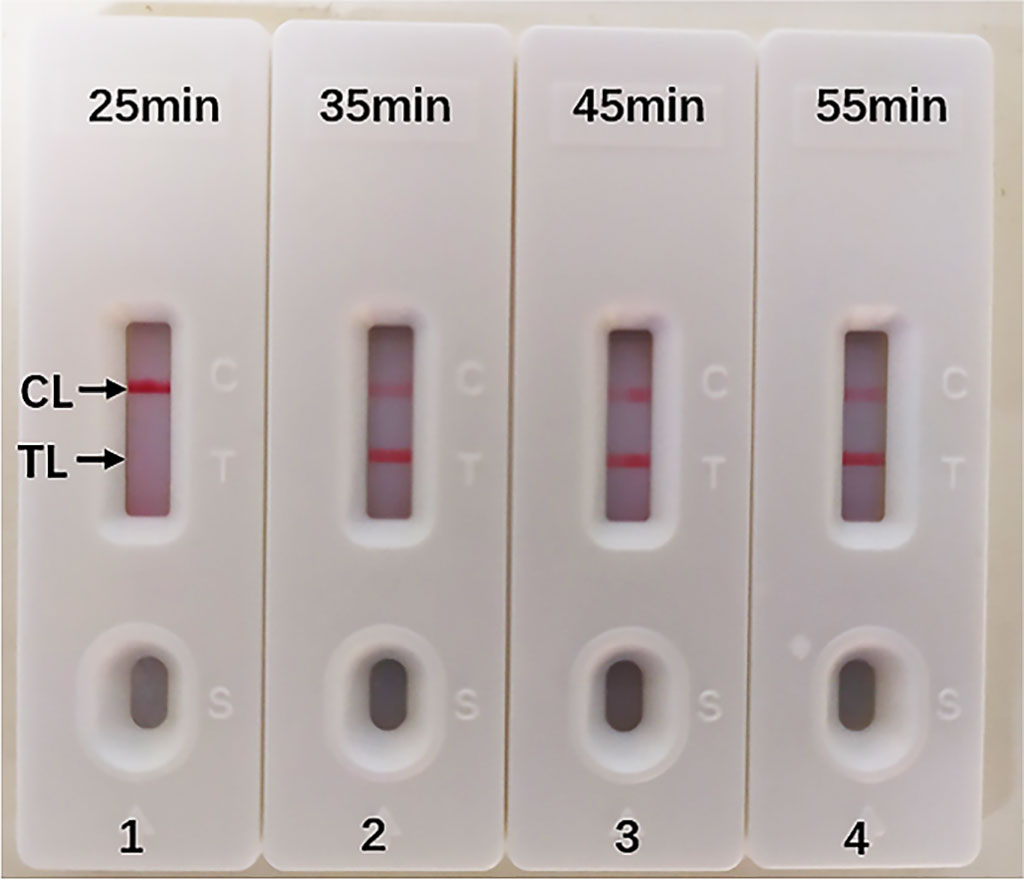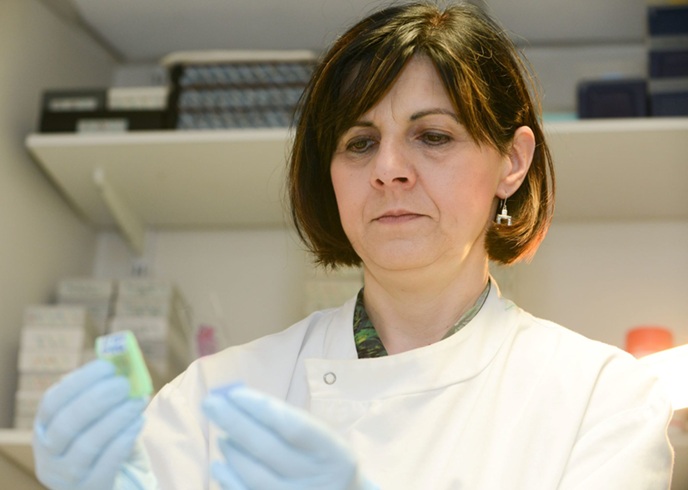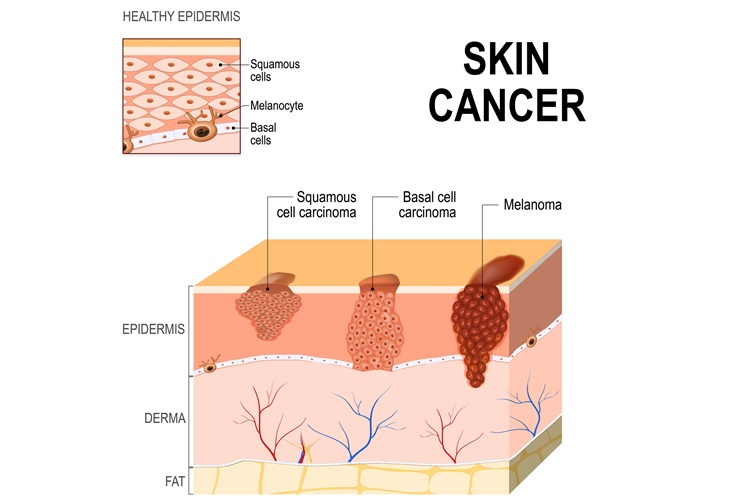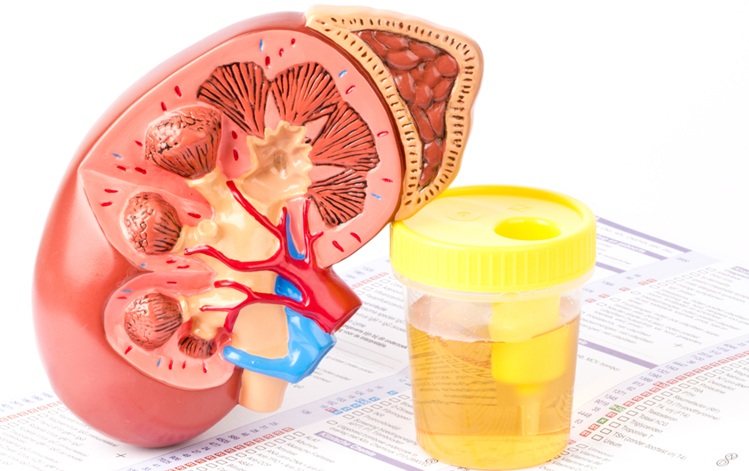MCDA-LFB Assay Developed for Rapid Detection of Legionnaires’ Disease
By LabMedica International staff writers
Posted on 18 Jan 2022
Legionella pneumophila is an opportunistic waterborne pathogen of significant public health problems, which can cause serious human respiratory diseases (Legionnaires’ disease). Legionnaires’ disease is characterized by severe lung infection symptoms, including severe pneumonia with a high fatality rate.Posted on 18 Jan 2022
Diagnostic methods, including traditional bacterial culture methods, serological testing, urine antigen detection and nucleic acid amplification techniques, have been developed and used to detect Legionnaires’ disease. Multiple cross displacement amplification (MCDA), a novel isothermal nucleic acid amplification technique, has been applied in detecting many bacterial agents.

Image: Optimized reaction time for Multiple Cross Displacement Amplification (MCDA-LFB) assay to detect Legionella pneumophila. The best sensitivity was seen when the amplification lasted for 35 minutes (Photo courtesy of Zhejiang Provincial People’s Hospital)
Respiratory Medicine Specialists at the Zhejiang Provincial People’s Hospital (Hangzhou; People’s Republic of China) developed a MCDA coupled with Nanoparticles-based Lateral Flow Biosensor (MCDA-LFB) for the rapid detection of L. pneumophila. A total of 40 bacterial strains were used in this assay, including 24 strains of L. pneumophila and 16 strains of non-L. pneumophila. The team used traditional bacterial culture method, conventional PCR detection and MCDA-LFB method to test 88 specimens suspected of L. pneumophila. A set of 10 primers based on the L. pneumophila specific mip gene to specifically identify 10 different target sequence regions of L. pneumophila was designed.
The optimal time and temperature for amplification are 57 minutes and 65 °C. The limit of detection (LoD) is 10 fg in pure cultures of L. pneumophila. No cross-reaction was obtained and the specificity of MCDA-LFB assay was 100%. The whole process of the assay, including 20 minutes of DNA preparation, 35 minutes of L. pneumophila-MCDA reaction, and 2 minutes of sensor strip reaction, took a less than 1 hour. Among 88 specimens for clinical evaluation, five (5.68%) samples were L. pneumophila-positive by MCDA-LFB and traditional culture method, while four (4.55%) samples were L. pneumophila-positive by PCR method targeting mip gene. Compared with culture method, the diagnostic accuracy of MCDA-LFB method was higher.
The authors concluded that the L. pneumophila-MCDA-LFB method they successfully developed is a simple, fast, reliable, and sensitive diagnostic tool, which can be widely used for the identification of L. pneumophila in basic and clinical laboratories. The study was published on January 8, 2022 in the journal BMC Microbiology.
Related Links:
Zhejiang Provincial People’s Hospital














